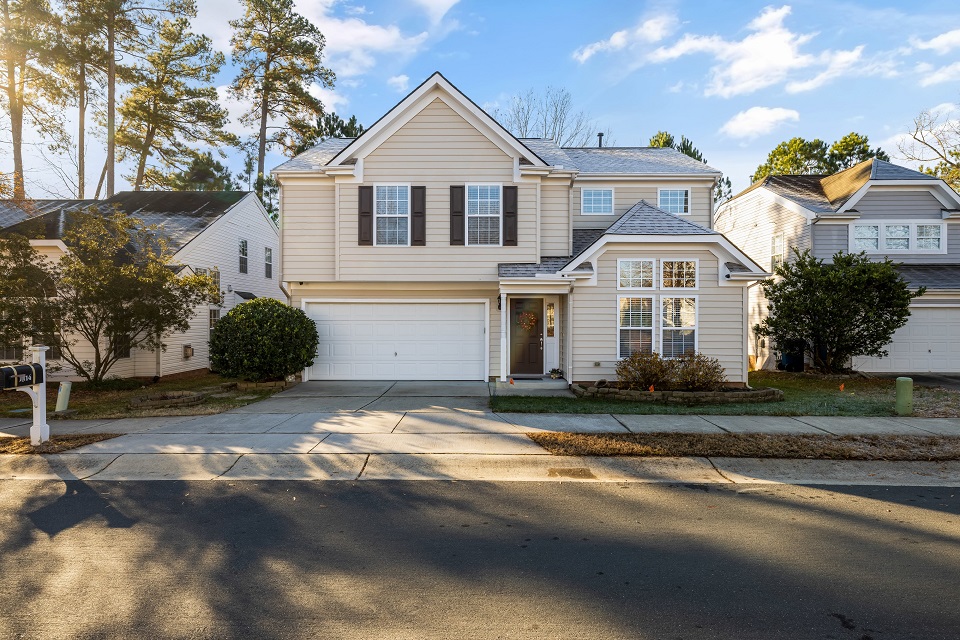Real estate development is a complicated process. Its sponsors and users gain value from the property, but it also influences the environment and community around it.
Aspiring developers start in roles such as real estate agents or construction managers, gaining experience in the building process and networking within the industry. They may then move to positions that focus on risk assessment and management.
Table of Contents
Sustainable Urban Planning
An Angelo Ingrassia developer often plays a critical role in sustainable urban planning. They coordinate, arrange, and manage development projects from inception to completion. They also draft contract documents, follow up construction, and transfer built-up areas to clients through rental or sale. Sustainable urban planning can help reduce pollution, minimize greenhouse gas emissions, and balance built and natural environments. For example, reducing impervious paving areas and establishing abundant interconnected green spaces can decrease air and water pollution, improve urban heat island effects, and promote physical activity. Encouraging businesses, government agencies, and cultural institutions to locate in the city center rather than suburban or fringe locations can help combat urban sprawl. Similarly, revitalizing brownfields and repurposing abandoned buildings can support sustainable growth.
Housing Needs
While real estate may only be able to solve some housing needs in the city, it can play an essential role in meeting those needs. They can build affordable apartments and provide low-income families with a place to live. Real estate development involves significant risks, and developers must be able to assess and manage these risks. This skill can be developed through experience in roles requiring risk assessment or formal education or training. Developers also need to understand the specific regional needs of the region they are working in. For example, a Florida developer must consider factors like climate and regulations, while developers in Canada must account for a more limited construction season and colder weather.
Development Opportunities
While there is no one path into real estate development, many aspiring developers pursue business, finance, law, construction management, or real estate degrees. In addition to educational qualifications, they must be adept at building relationships and negotiating deals. Large-scale real estate developments often require public approval, and community groups and permit-granting agencies expect developers to demonstrate how their project will benefit the neighborhood. This approach reengineers the development process by anchoring social impact on the community’s health and well-being. A development’s context influences its value to its sponsors and its utility to the surrounding community, and tailoring a project to optimize that relationship can produce tremendous benefits for the sponsor, the team, and the residents. However, this is not an easy task.
Infrastructure Enhancements
Regarding infrastructure enhancements, real estate developers can be crucial in identifying opportunities to improve corridor conditions and planning strategies that support proactive system management for excellent safety and efficiency. These strategies also allow for a more cost-effective approach to infrastructure investment than standard roadway improvements. Aspiring developers often start small by taking on smaller projects that involve renovating a property or building a smaller residential complex. As their experience increases, they can take on more complex developments. Real estate development is a field that requires financial skills, including an understanding of capital budgeting and financing. These skills can be learned through formal education or on-the-job training. They can also be developed through proactive relationship-building in industry events and forums.
Livable Spaces
When developing livable and habitable spaces, real estate developers often need to work with local building codes and regulations that vary by location. These standards include fire safety, carbon monoxide, and smoke detectors. These developments are usually residential and may focus on single-family homes, entire neighborhoods, or multi-family complexes. The role of residential builders, including homebuilders and developers specializing in high-end construction, is to provide housing that appeals to luxury buyers. It requires a keen eye for luxury trends and knowledge of zoning rules. The community-based organization Livable Places is working to change development codes to encourage more narrow lot homes, such as courtyard-style designs with shared parking or flag lots, where one home abuts the front of another. It would decrease curb cutoffs and allow for more street parking.



